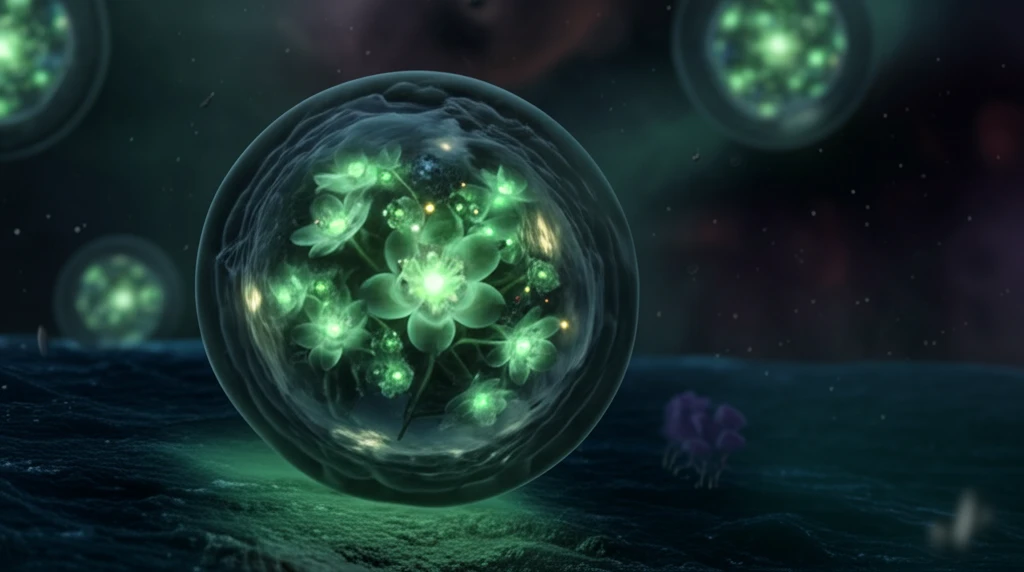
Light Up Your Research: The Rise of Photosensitizing Fluorescent Proteins in Cell Biology
"Unlock the secrets of cellular processes with innovative light-activated proteins. Could this be the future of targeted therapies?"
Imagine being able to switch off a protein's function with the flick of a light. Sounds like science fiction, right? Well, it's becoming a reality thanks to the development of photosensitizing fluorescent proteins (PSFPs). These remarkable tools are revolutionizing how scientists study cells, offering a level of control previously unimaginable.
Traditional methods for studying protein function, like gene knockouts and RNA interference, have limitations. They can't be easily applied to essential genes or provide the real-time precision needed to dissect complex cellular pathways. PSFPs offer a solution by allowing researchers to inactivate specific proteins at precise times and locations using light.
One exciting development in this field is SuperNova Green (SNG), a new addition to the PSFP toolbox. SNG, derived from its red predecessor SuperNova, can generate reactive oxygen species (ROS) upon blue light irradiation, leading to targeted protein inactivation and cell ablation.
What is SuperNova Green and How Does It Work?

SuperNova Green is a green monomeric photosensitizing fluorescent protein. When exposed to blue light, it produces reactive oxygen species (ROS), primarily superoxide and its derivatives. Unlike some other photosensitizers, SNG's phototoxicity isn't dependent on the presence of flavin mononucleotide (FMN), making it more reliable in various cellular environments.
- Targeted Protein Inactivation: SNG can be fused to specific proteins, allowing researchers to disrupt their function on demand.
- Cell Ablation: SNG can be used to selectively kill cells, offering a powerful tool for studying development and disease.
- Spatio-Temporal Control: Light activation provides precise control over when and where SNG exerts its effects.
- Multi-Color Experiments: SNG can be used in combination with other PSFPs, like SuperNova Red, for even more complex experiments.
The Future is Bright for Photosensitizing Proteins
The development of SuperNova Green is a significant step forward in the field of optogenetics. By expanding the color palette of PSFPs, researchers can now exert even more refined control over cellular processes. These tools hold immense potential for unraveling the complexities of cell biology and developing new therapies for a wide range of diseases. Imagine a future where we can precisely target and eliminate cancer cells with light, or repair damaged tissues by stimulating specific cellular pathways. With photosensitizing fluorescent proteins like SuperNova Green, that future may be closer than we think.
